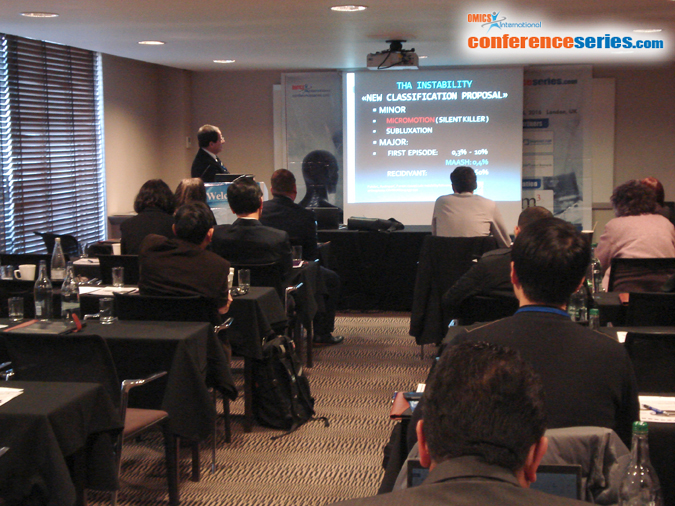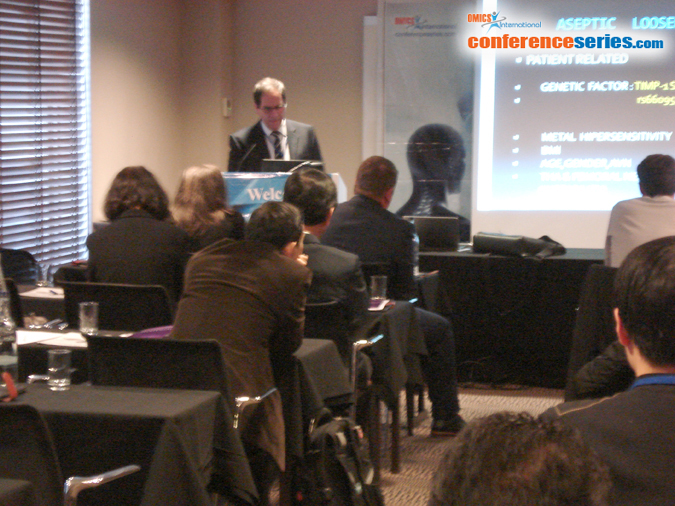
Felipe G. Delgado Lopez
Hospital Sant Celoni, Spain
Title: From muscle balancing to capsular balancing MAASH technique for THA
Biography
Biography: Felipe G. Delgado Lopez
Abstract
Surgical Technique: Modified Anterolateral Approach for Stable Hip (MAASH) is a novel surgical concept focused on the anatomy and biomechanics of the hip capsule. It specifically preserves all of the posterior capsule, the anterior Iliofemoral lateral ligament and the pubofemoral ligament by excising only the central third of the hip capsule (the non-innervated space or weak area) along the femoral head-neck axis. MAASH provides a novel surgical technique to all THA approaches and changes the focus from muscle balancing to capsular balancing (the box concept). This capsular approach philosophy can be used as a standard for all THAs. Objectives: Background: Dislocation, leg length limb discrepancy and aseptic loosening are major complications following total hip arthroplasty (THA). Many surgical approaches, complex surgical devices as well as computer navigation techniques have been previously described for THA. However, none of them have offered an approach that results in a wide capsular surgical working area that can assure good capsular exposure and the preservation of capsule integrity. Methods: We collected data from November 2007 to April 2015 from n= 250 patients that underwent THA using the MAASH technique. Surgical outcomes, statistical analysis, complications and conclusions of this new concept in THA approach were analyzed and reported. Results: MAASH technique offers to hip surgeons a reliable and reproducible THA approach that assures excellent leg length discrepancy results and high stability in all range of motion without impingement. Only one dislocation (0.4%) and 5 major complications (2%) were reported in the MAASH cohort, most of which occurred at the early stages of technique development. Conclusions: The MAASH technique is an anterior capsular concept for the anterolateral approach in total hip arthroplasty, which may be advantageous for active THA candidates and for patients with a high risk of dislocation as it does not rely solely on muscle balancing. The capsular balancing concept is the key factor that MAASH offers. It provides maximum stability, excellent leg length discrepancy and minimizes wear (no micro motion), which allows patients to recover fastersafer and can potentially diminish the economic burden on patients and the overall healthcare system.



